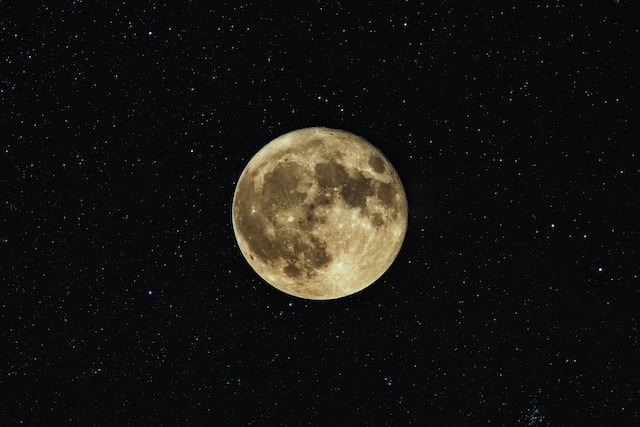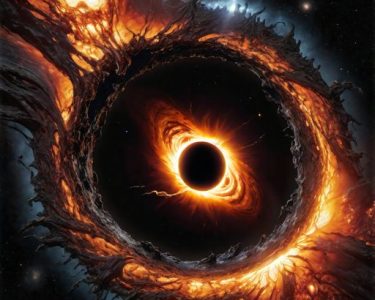In a breathtaking display of cosmic spectacle, astronomers have been witness to an extraordinary event as a star engulfs and consumes a nearby planet, creating a mesmerizing show in the depths of space. This celestial collision, captured through advanced telescopes, unveils the raw power and immense forces at play in the ever-evolving drama of the universe.
Deep within the expanse of the NGC 4860 galaxy, the cosmic stage is set for this extraordinary encounter. At the heart of this captivating performance is HD 172555, a red giant star nearing the end of its lifespan. Red giants, known for their expansive size and vibrant colors, are celestial behemoths that can unleash remarkable events during their final stages.
The astronomical community was captivated when HD 172555 suddenly burst into an intense brilliance, drawing the attention of scientists and stargazers alike. As telescopes were turned towards this cosmic spectacle, a wondrous scene unfolded—a celestial ballet of swirling gases and debris, a vivid testament to the engulfment of a neighboring planet. This dramatic phenomenon, scientifically termed a “tidal disruption event,” occurs when the immense gravitational forces of a star tear apart and consume a planet in its vicinity.
Dr. Elizabeth Collins, an esteemed astrophysicist at the Institute of Astronomy, described the observation as “an awe-inspiring collision of cosmic proportions.” Tidal disruption events provide a rare opportunity for astronomers to witness the final acts of stellar evolution, offering valuable insights into the mechanisms that shape our universe.
While the precise mechanisms behind a star engulfing a planet are not yet fully understood, scientists have put forth intriguing theories. As a red giant star expands, its outer layers become less gravitationally bound, extending its reach far beyond its original confines. This increased gravitational pull, combined with a planet’s unfortunate proximity, leads to a celestial cataclysm—a collision of cosmic forces resulting in the planet’s gradual disintegration.
The HD 172555 system’s extraordinary event allows astronomers to delve into the composition and properties of both the star and the consumed planet. By analyzing the remnants left behind—fragments of gases and debris—scientists hope to uncover vital clues about the composition, origin, and formation processes of the engulfed planet.
This remarkable observation highlights the critical importance of ongoing exploration and advancements in astronomical technologies. Telescopes like the Transiting Exoplanet Survey Satellite (TESS) and the upcoming James Webb Space Telescope play a pivotal role in expanding our knowledge of the cosmos. These state-of-the-art instruments act as our cosmic eyes, allowing us to witness breathtaking celestial events and unlocking the secrets of the universe.
As we marvel at the cosmic collision unfolding in NGC 4860, we are reminded of the vastness and complexity of the universe. Scientific exploration serves as a gateway to the extraordinary, pushing the boundaries of human understanding and inspiring us to seek answers to the deepest questions of our existence.
In an era driven by relentless curiosity, the study of celestial events like a star engulfing a planet deepens our appreciation for the wonders of the cosmos. It ignites our collective imagination, urging us to embark on a journey of discovery and uncover the mysteries that lie beyond our grasp.
For in the collision of worlds, we witness the raw power and beauty of the universe, offering us a glimpse into the boundless possibilities that await us amidst the vastness of space.




